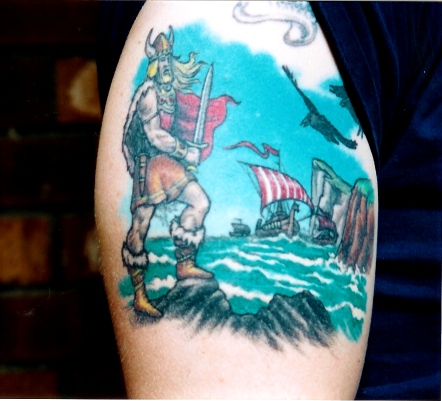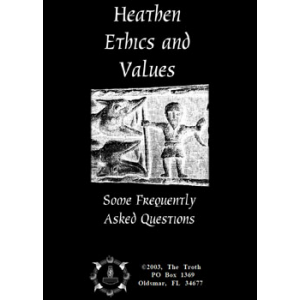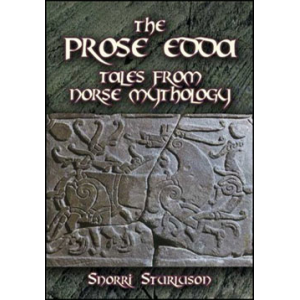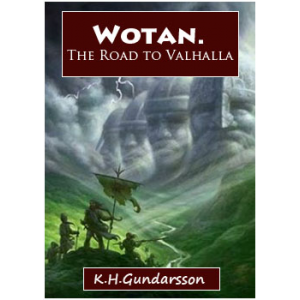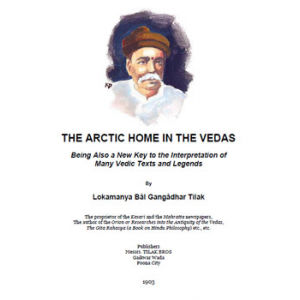
Book: The Arctic Home In The Vedas by Lokamanya Bal Gangadhar Tilak
On the occasion of the birth centenary of Lok. B. G. TILAK, we have the proud privilege to offer to the discriminating readers this 2nd reprint of his famous work “The Arctic Home In The Vedas,” published by the Author in 1903 and reprinted in 1925 (J. S. TILAK)
The present volume is a sequel to my Orion or Researches into the Antiquity of the Vedas, published in 1893. The estimate of Vedic antiquity then generally current amongst Vedic
scholars was based on the assignment of arbitrary period of time to the different strata into which the Vedic
literature is divided; and it was believed that the oldest of these strata could not, at the best, be older than 2400 B.C. In my Orion, however, I tried to show that all such estimates, besides being too modest, were vague and uncertain, and that the astronomical statements found in the Vedic
literature supplied us with far more reliable data for correctly ascertaining the ages of the different periods of Vedic literature. These astronomical statements, it was further shown, unmistakably pointed out that the Vernal equinox was in the constellation of M?iga or Orion (about 4500 B.C.) during the period of the Vedic hymns, and that it had receded to the constellation of the K?ittikas, or the Pleiades (about 2500 B.C.) in the days of the Brahmanas. Naturally enough these results were, at first, received by scholars in a skeptical spirit. But my position was strengthened when it was found that Dr. Jacobi, of Bonn, had independently arrived at the same conclusion, and, soon after, scholars like Prof. Bloomfield, M. Barth, the late Dr. Bulher and others, more or less freely, acknowledged the force of my arguments.
Dr. Thibaut, the late Dr. Whitney and a few others were, however, of opinion that the evidence adduced by me was not conclusive. But the subsequent discovery, by my friend the late Mr. S. B. Dixit, of a passage in the Shatapatha Brahmana, plainly stating that the Kaittikas never swerved, in those days, from the due east i.e., the Vernal equinox, has served to dispel all lingering doubts regarding the age of the Brahmanas; while another Indian astronomer, Mr. V. B. Ketkar, in a recent number of the Journal of the Bombay Branch of the Royal Asiatic Society, has mathematically worked out the statement in the Taittiriya Brahmana (III, 1, 1, 5), that Boihaspati, or the planet Jupiter, was first discovered when confronting or nearly occulting the star Tishya, and shown that the observation was possible only at about 4650 B.C., thereby remarkably confirming my estimate of the oldest period of Vedic literature. After this, the high antiquity of the oldest Vedic period may, I think, be now taken as fairly established. (Lokamanya Bal Gangadhar Tilak)
Download Lokamanya Bal Gangadhar Tilak's eBook: The Arctic Home In The VedasFree eBooks (Can Be Downloaded):
Friedrich Max Muller - The Sacred Books Of The EastAleister Crowley - The Heart Of The MasterLokamanya Bal Gangadhar Tilak - The Arctic Home In The Vedas
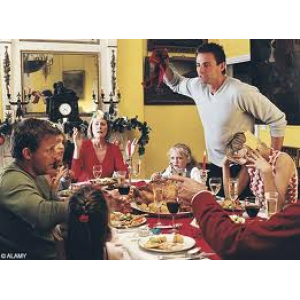 In most forms of Wicca, this holiday is celebrated at the winter solstice as the rebirth of the Great horned hunter God, who is viewed as the newborn solstice sun. The method of gathering for this sabbat varies by practitioner. Some have private ceremonies at home, while others do so with their covens. Yule festivities for modern wiccans and neopagans involve the burning of the Yule log on an open fire to honour the lord Cernunnos or the Horned God; the log is decorated with holly and other symbolic paraphernalia. Also during the many wiccan Yule rituals, the Oak King defeats the Holly King. This signifies the changes in the season.
In most forms of Wicca, this holiday is celebrated at the winter solstice as the rebirth of the Great horned hunter God, who is viewed as the newborn solstice sun. The method of gathering for this sabbat varies by practitioner. Some have private ceremonies at home, while others do so with their covens. Yule festivities for modern wiccans and neopagans involve the burning of the Yule log on an open fire to honour the lord Cernunnos or the Horned God; the log is decorated with holly and other symbolic paraphernalia. Also during the many wiccan Yule rituals, the Oak King defeats the Holly King. This signifies the changes in the season.

